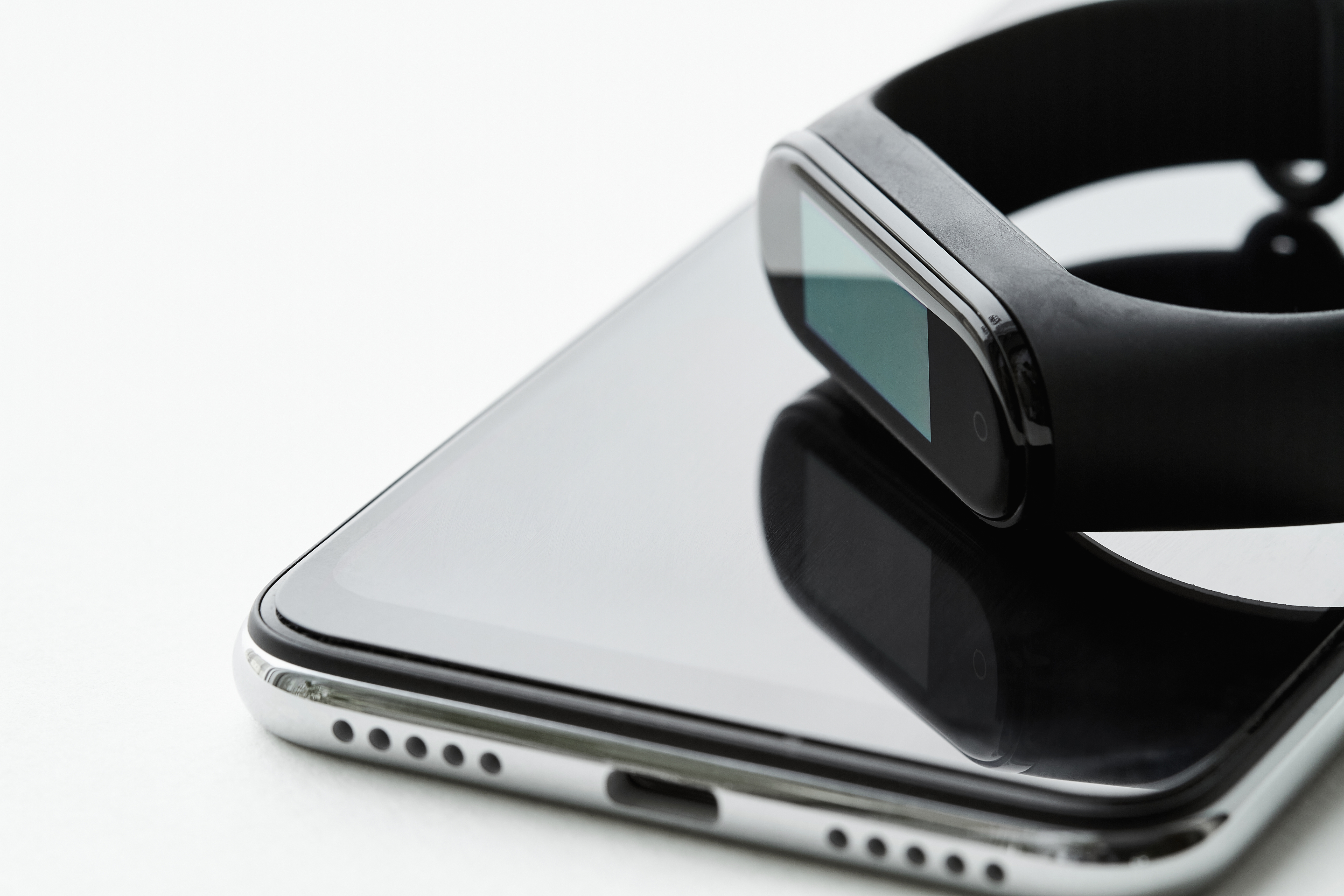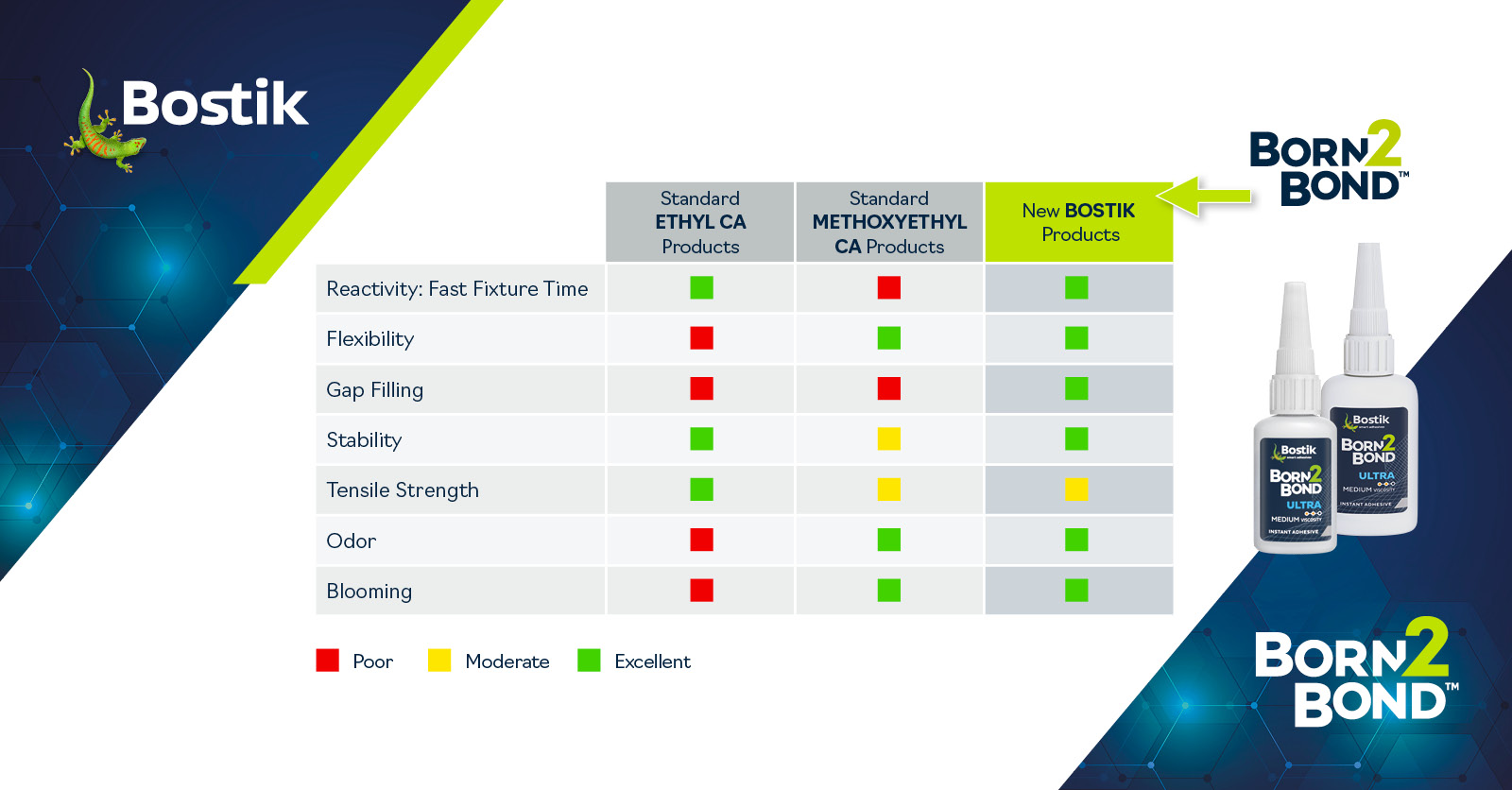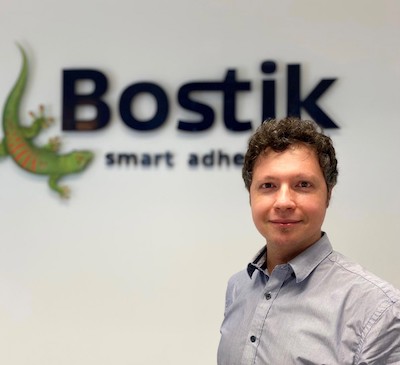
For almost 70 years, cyanoacrylates (including Ethyl Cyanoacrylate – ECA - and Methoxyethyl Cyanoacrylate - MECA) have been manufactured, with considerable success, using the Knoevenagel process. The process has been the backbone of the adhesives industry, leading to the development of many of the world’s leading brands.
Despite its success, however, the process has its limitations. One drawback, in particular, is that it requires two consecutive steps of reaction: the first is condensation, and the second, thermal cracking, effectively breaking long molecules down into smaller ones.
The first is time consuming and requires the use of a solvent which is poor for the environment; the second requires even more time and consumes greater energy, since very high temperatures (up to 180°C) are required for the reaction to take place. It also results in only low- to moderate-yields for most monomers.
For some time, manufacturers have been looking at viable alternatives, and specifically alternatives that are faster, consume less energy, require less heat, and are more sustainable. Crucially, they also need to produce a higher yield. This search led to the development in 2017 of the patented ‘Crackless’ process.
First developed by the Spanish adhesives business Afinitica (now part of Bostik), Crackless production overcomes nearly all of the challenges identified in the historic Knoevenagel process. It has enabled businesses like Bostik to develop new Instant Adhesive products within its new Born2Bond™ Engineering Adhesives range.
Many of these products are MECA-based, a cyanoacrylate that has existed for as long as ECA but was expensive/difficult to manufacture using the Knoevenagel process.
Viable manufacturing of new adhesives
Now, thanks to the evolution of the Crackless process, the development of new MECA-based products is becoming viable. It is enabling more MECA-based adhesives to be developed with all of the advantages that such products are able to deliver. They create less odour, making it better/safer for employees working on a busy production line, and result in lower blooming, an unsightly by-product that can be created when two pieces are joined together, allowing products to be used in certain premium cost industries such as fashion (e.g. crystal and glass items) and consumer electronics where quality is essential.

And since Crackless uses significantly less energy than the Knoevenagel process, it also helps businesses to meet their sustainability agendas.
Crackless is enabling other cyanoacrylates to be manufactured more efficiently and more sustainably, including the family of monomers used in the medical industry for treating wounds.
These include Butyl Cyanoacrylate, an intermediate-chain CA which was the first product to be broadly used for closing cutaneous wounds. It also includes 2-Octyl Cyanoacrylate (2OCA), a longer chain CA which can be used to slow close skin incisions and lacerations, and in place of non-absorbable sutures for primary closure of skin incisions on the face. It tends to produce a stronger bond than Butyl CA (it has up to a four times higher volumetric break strength than BCA) and is more flexible. Whereas short chain MECA and ECA are both toxic to tissue, Butyl and 2OCA are not, opening a new world of possibilities in medical treatment.
Joint venture development
Recently Bostik launched the Crackless Monomer Company (CMC) - a joint venture with Taiwanese chemical company, Cartell. Its stated purpose is to use the Crackless process to make previously unviable high-performance cyanoacrylates affordable and available to customers worldwide.
Now such previously ‘unviable’ products can not only be manufactured more efficiently and sustainably, but they can also be manufactured on an industrial scale. It is not that they weren’t possible before, but more that they were impractical to produce through a ‘traditional’ process that involved cracking.
New monomers are also being realised that have never been available before, with greater capability, flexibility and application. They have better adhesive properties, better coating properties, and are enabling manufacturers to develop even better engineered products. (Bostik’s Born2Bond™ Instant Adhesives range being a case in point – a family of adhesives developed using the Crackless process that are smarter, greener, and safer).
To that end, the power of cyanoacrylates is being unlocked, adding further monomers to a customer’s existing portfolio, allowing hybrids of epoxy and cyanoacrylates to be developed but also enabling ECA and MECA to be blended to bring further benefit in innovation. There is also scope to use the monomers beyond adhesives, within 3D printing, sealing and coating applications, and bespoke customer projects.
Author: Ph.D. Isidro Cobo – R&D and Business Development Manager at Arkema-Bostik
